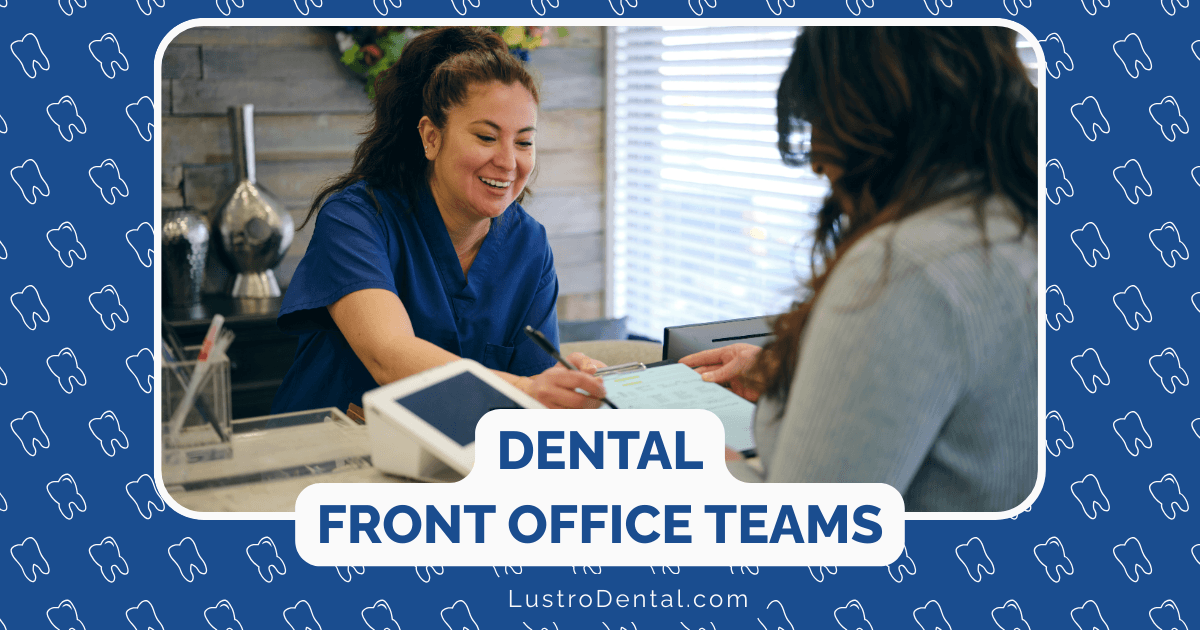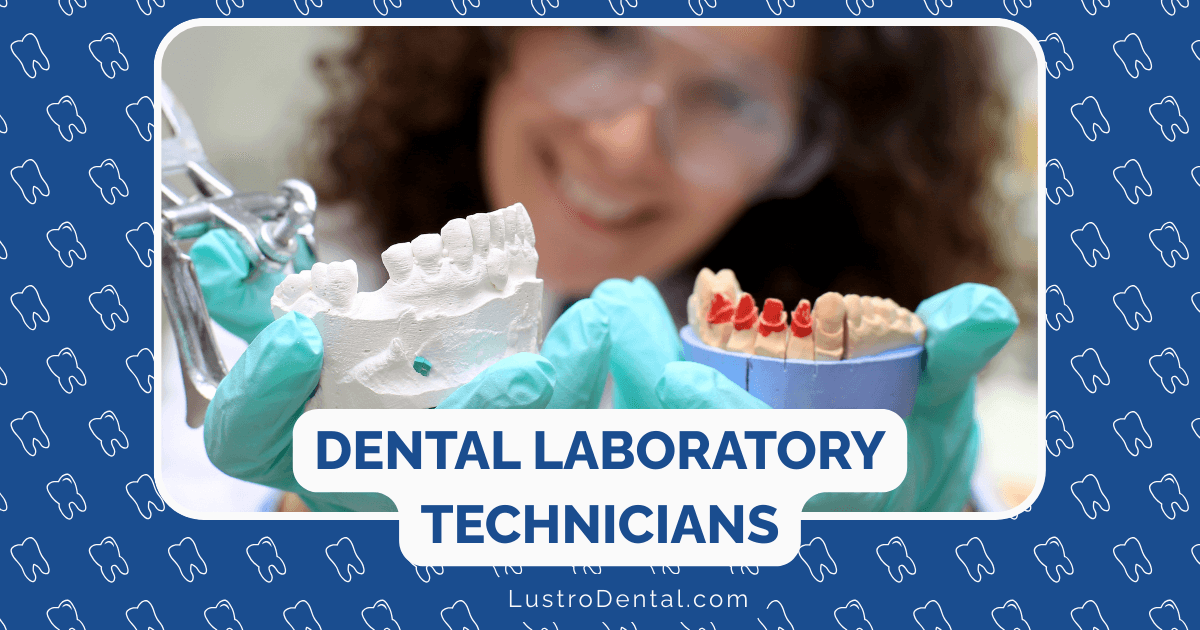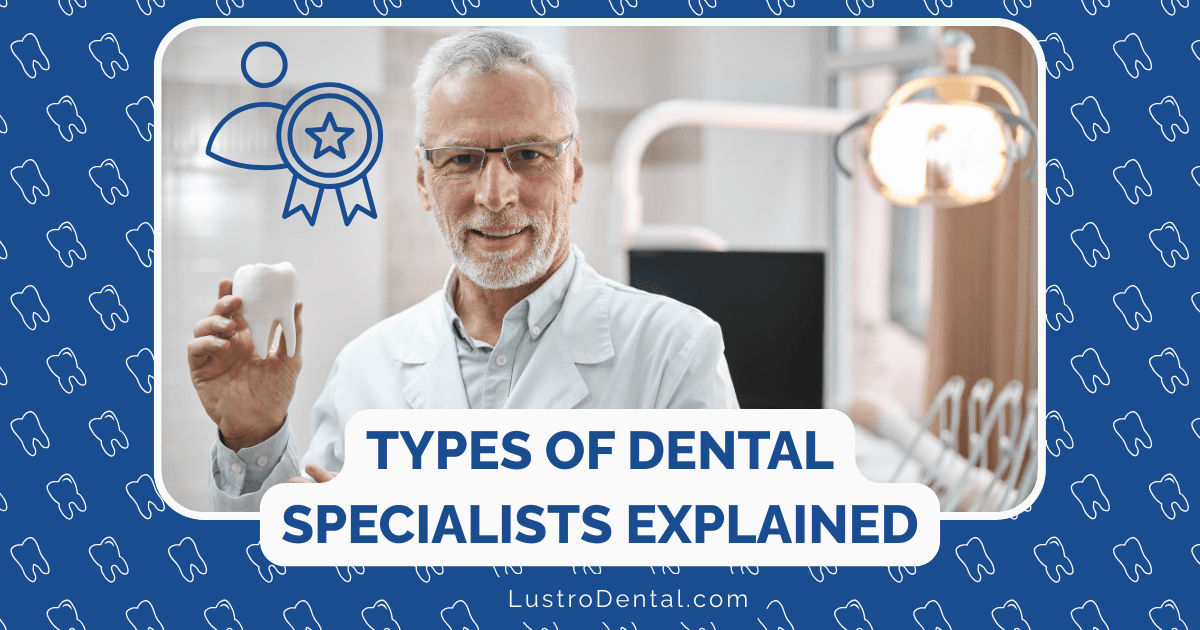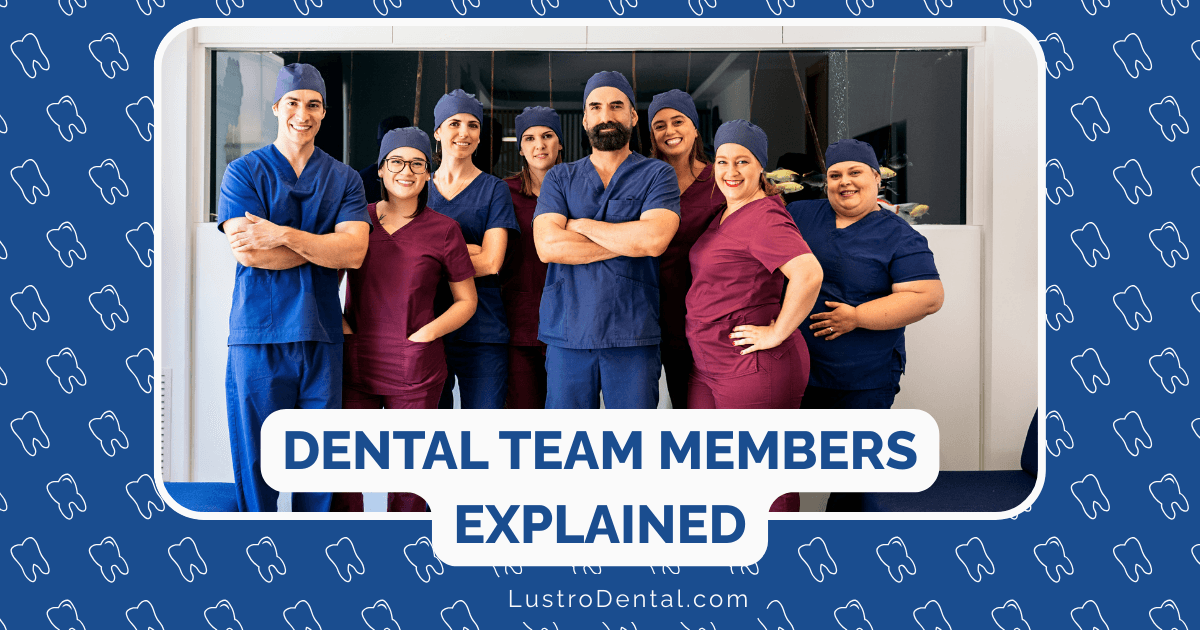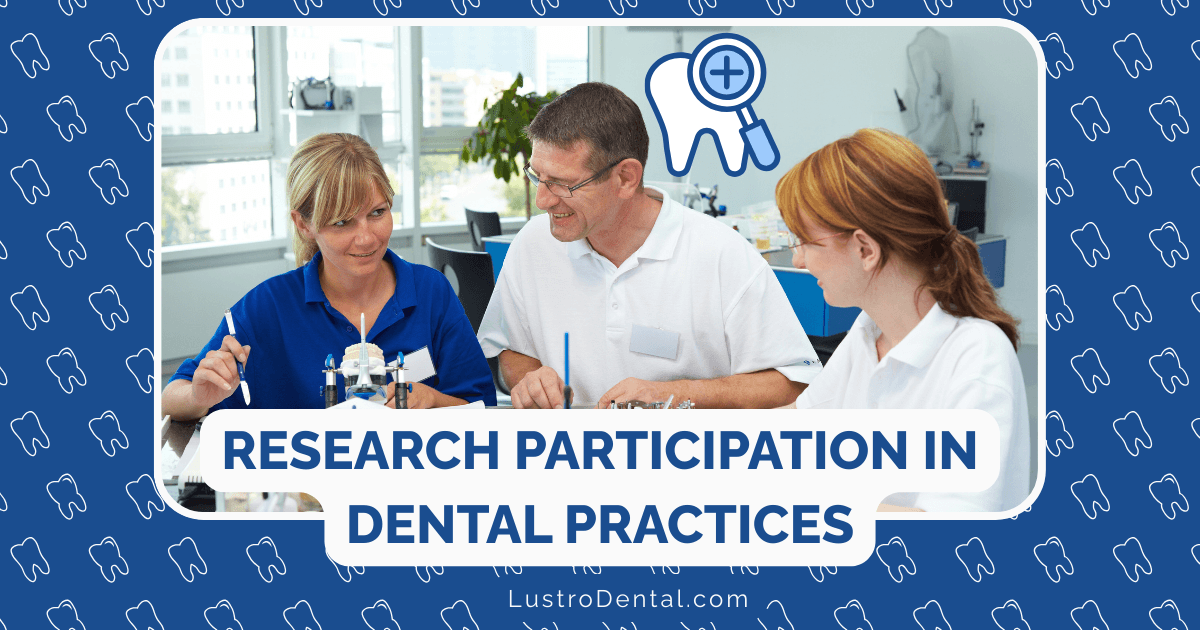Electronic Health Records: Benefits for Continuity of Care

In an era where digital transformation is reshaping healthcare, electronic health records (EHRs) have emerged as a pivotal technology in modern dentistry. Gone are the days of paper charts stuffed in filing cabinets and X-rays stored in manila envelopes. Today’s dental practices are increasingly adopting sophisticated electronic systems that not only streamline operations but fundamentally enhance patient care.
At the heart of this digital revolution lies a crucial benefit: improved continuity of care. But what exactly does this mean for you as a patient, and why should you care about whether your dentist uses electronic records? Let’s explore how dental EHRs are transforming the healthcare landscape and ensuring more coordinated, comprehensive care for patients.
Understanding Electronic Health Records in Dentistry
Electronic health records (EHRs) in dentistry—sometimes called electronic dental records (EDRs)—are digital versions of patients’ dental charts. Unlike traditional paper records, EHRs store all patient information in a structured, easily accessible digital format.
According to the American Dental Association, modern dental EHR systems typically include:
- Complete dental and medical histories
- Treatment plans and progress notes
- Digital radiographs (X-rays) and intraoral images
- Periodontal charting and odontograms
- Prescriptions and medication histories
- Insurance information and billing records
- Patient communications and appointment history
Dr. Sarah Chen, a digital health expert at the American Dental Association, explains: “EHRs aren’t simply digital versions of paper charts. They’re interactive, intelligent systems that help dentists make better clinical decisions while creating a more seamless experience for patients.”
The Continuity of Care Challenge in Dentistry
Continuity of care refers to the quality of care over time—how well healthcare providers maintain a coherent treatment approach as patients move between different providers, settings, and stages of life. In dentistry, maintaining this continuity has traditionally faced several challenges:
1. Fragmentation Between Dental and Medical Care
Perhaps the most significant barrier to continuity has been the historical separation between dental and medical care systems. A study published in the Journal of the American Medical Informatics Association found that:
- 68.5% of healthcare providers recalled instances where access to medical or dental information from other providers could have improved patient care
- 66.3% of providers rated the importance of sharing information between medical and dental systems as 8 or higher on a 10-point scale
- Despite this recognized importance, fewer than half (42%) of dental providers at co-located facilities can enter information into patients’ medical records
This disconnect can have serious implications. For example, a dentist unaware of a patient’s cardiovascular condition might prescribe medications that interact dangerously with heart medications, or a physician might miss oral manifestations of systemic diseases.
2. Specialist Coordination Challenges
Even within dentistry, coordination between general dentists and specialists (orthodontists, periodontists, oral surgeons, etc.) has traditionally relied on referral letters, phone calls, and patients themselves serving as information couriers.
3. Patient Mobility Issues
As patients relocate or change providers, their complete dental histories often don’t follow them, leading to repeated procedures, unnecessary X-rays, and treatment inconsistencies.
How EHRs Enhance Continuity of Care
Electronic health records address these challenges in several powerful ways:
1. Comprehensive Patient Histories
EHRs create a single, comprehensive record of a patient’s dental care that follows them throughout their life. This means:
- New dentists can quickly understand a patient’s complete dental history
- Treatment decisions are informed by historical context
- Patterns and trends in oral health become visible over time
Dr. James Wilson, who practices in a multi-dentist group, notes: “When a patient sees different providers within our practice, each dentist has instant access to the patient’s complete history—previous treatments, noted sensitivities, even preferred numbing techniques. This creates a seamless experience regardless of which provider they see.”
2. Improved Coordination Between Providers
Modern EHR systems facilitate better communication between dental professionals:
- Secure messaging between providers about shared patients
- Digital referrals with complete patient information
- Real-time updates on treatment progress
- Shared access to images and test results
Research from CareQuest Institute for Oral Health shows that all dental providers surveyed (100%) expressed a desire to view their patients’ medical information, recognizing its importance for comprehensive care.
3. Medical-Dental Integration
Perhaps the most promising aspect of dental EHRs is their potential to bridge the traditional gap between dental and medical care:
- Identification of systemic conditions with oral manifestations
- Medication reconciliation across dental and medical providers
- Coordination of care for patients with conditions affecting both oral and overall health
- Shared health promotion and disease prevention strategies
According to a study in the Journal of Dental Research, this integration is particularly important for patients with conditions like diabetes, cardiovascular disease, and pregnancy, where oral health and systemic health are closely linked.
4. Enhanced Patient Safety
EHRs significantly improve patient safety through:
- Automated alerts for medication interactions and allergies
- Clearly documented medical conditions that might affect dental treatment
- Reduced errors from illegible handwriting or miscommunications
- Standardized documentation of procedures and outcomes
A report from the Office of the National Coordinator for Health Information Technology found that EHR interoperability can reduce medication errors by up to 50% by ensuring all providers have access to accurate medication lists.
5. Facilitated Transitions of Care
When patients move or change providers, EHRs ensure their complete records can follow them:
- Digital records can be securely transferred to new providers
- Patients can access their own records through patient portals
- Continuity of care is maintained despite changes in providers
Dr. Michael Roberts, a dentist who frequently treats patients who have relocated, shares: “Before EHRs, new patients would arrive with partial or no records from their previous dentist. Now, with electronic transfers, we can often get their complete history before their first appointment, allowing us to provide more informed care from day one.”
Real-World Benefits for Patients
The theoretical advantages of EHRs translate into tangible benefits for dental patients:
Reduced Redundant Procedures
With complete records available, dentists can avoid repeating recent X-rays or procedures, saving patients time, money, and unnecessary radiation exposure.
More Personalized Treatment Plans
Access to comprehensive histories allows dentists to tailor treatment plans based on a patient’s unique oral health journey, previous responses to treatments, and personal preferences.
Fewer Adverse Events
A study published in the Journal of Patient Safety found that improved information sharing through EHRs reduced adverse events by 17-30% across healthcare settings.
Improved Preventive Care
EHRs help dentists identify patterns and risk factors, enabling more proactive and preventive approaches to oral health.
Enhanced Patient Engagement
Many dental EHR systems include patient portals that allow patients to:
- View their treatment history and upcoming appointments
- Access oral health education materials
- Communicate with their dental team
- Review and pay bills online
Research from Park University indicates that patients who engage with their health records through patient portals demonstrate better adherence to treatment plans and preventive care recommendations.
Challenges and Limitations
Despite their benefits, dental EHRs face several challenges:
Interoperability Issues
Perhaps the biggest hurdle is interoperability—the ability of different EHR systems to exchange and use information. According to the American Dental Association, there is currently no widely available centralized electronic health record mechanism usable by both medical and dental providers.
Implementation Costs
For smaller dental practices, the cost of implementing EHR systems—including hardware, software, training, and maintenance—can be prohibitive, ranging from $10,000 to $20,000 per provider.
Learning Curve
Transitioning from paper to electronic records requires significant training and adaptation for dental teams, which can temporarily disrupt workflows.
Data Security Concerns
While EHRs enhance data protection compared to paper records, they also introduce new security considerations. A survey by ResearchGate found that 28.3% of dentists expressed concerns about patient data leakage.
The Future of Dental EHRs and Continuity of Care
The landscape of dental EHRs continues to evolve rapidly, with several promising developments on the horizon:
Artificial Intelligence Integration
AI is increasingly being integrated into dental EHR systems to:
- Analyze radiographs for early detection of issues
- Predict treatment outcomes based on similar patient cases
- Identify patterns in oral health across patient populations
- Automate routine documentation tasks
Blockchain Technology
Blockchain offers a secure method for managing patient records, potentially solving many interoperability challenges while enhancing data integrity and patient control.
Improved Medical-Dental Integration
Efforts are underway to develop standardized data exchange protocols between medical and dental EHR systems. The ADA Standards Committee on Dental Informatics is actively developing standards to facilitate this integration.
Telehealth Integration
The integration of EHRs with teledentistry platforms is creating new possibilities for remote consultations, follow-ups, and monitoring—further enhancing continuity of care regardless of physical location.
What Patients Can Do
As a dental patient, you can take several steps to leverage EHRs for better continuity of care:
1. Choose Digitally-Enabled Providers
When selecting a dentist, consider asking:
- “Does your practice use electronic health records?”
- “Do you have a patient portal where I can access my information?”
- “Can you electronically share my records with specialists if needed?”
- “How do you coordinate with my physician or other healthcare providers?”
2. Engage with Patient Portals
If your dental practice offers a patient portal:
- Create and activate your account
- Regularly review your treatment history and upcoming appointments
- Use secure messaging for non-urgent questions
- Update your medical history and medications as changes occur
3. Advocate for Information Sharing
When seeing multiple providers:
- Request that your dental and medical providers share relevant information
- Ask for electronic copies of your records when transitioning to new providers
- Keep a personal health record noting major dental procedures, medications, and allergies
4. Provide Feedback
Let your dental providers know about your experiences with their electronic systems—what works well and what could be improved. Patient feedback drives system enhancements.
The Bottom Line
Electronic health records are transforming dentistry from isolated episodes of care to a continuous, coordinated health journey. By creating comprehensive, accessible, and shareable patient records, EHRs enhance communication between providers, improve treatment decisions, and ultimately lead to better oral health outcomes.
While challenges remain, particularly in achieving seamless integration between dental and medical systems, the trajectory is clear: dental care is becoming more connected, both within dentistry and with the broader healthcare ecosystem.
As Dr. Lisa Chen from the American Dental Association’s Digital Innovation Committee puts it: “The future of dentistry isn’t just about better treatments—it’s about better connections. Electronic health records are the foundation that will allow us to truly integrate oral health into whole-person care.”
For patients, this means more personalized, coordinated, and effective dental care throughout their lives—a worthy goal that makes the digital transformation of dentistry not just a technological advancement but a significant step forward for public health.
Have you experienced the benefits of electronic health records in your dental care? Share your thoughts in the comments below.


